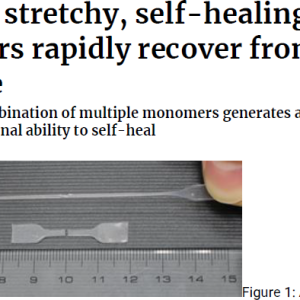
Superhydrophobic Coatings Prepared by Spraying Hydrophobic Nanoparticles
₩4,000
The wetting of solid surfaces is a very common phenomenon observed in daily life. Wettability
can be broadly divided into hydrophilic and hydrophobic properties, and among these, surfaces
that are particularly hydrophobic are called “superhydrophobic surfaces.” When a drop of water
is dropped onto a superhydrophobic surface, the water forms beads and rolls off the surface.
Such superhydrophobic surfaces have often been observed in nature. Lotus and taro leaves
have superhydrophobic properties, so dirt on the leaves can be washed off with rainwater. The
soles of water striders’ feet are also superhydrophobic, so they slide on water without resistance.
Superhydrophobic surfaces are expected to be used in various engineering applications (clothing,
solar panels, glass, houses, vehicles, ships, etc.), and in recent years, there have been many
attempts to artificially form superhydrophobic surfaces.1)
The wetting of surfaces with water is one of the classic themes in the field of interface
chemistry, but superhydrophobic surfaces are a relatively new topic that has attracted attention
in recent years. In this paper, after describing the properties and history of superhydrophobic
surfaces, we explain the method of fabricating superhydrophobic surfaces from the perspectives
of engineering and physicochemistry, focusing on the one-step superhydrophobic coating
developed by the authors using nanoparticle spraying.





상품평
아직 상품평이 없습니다.